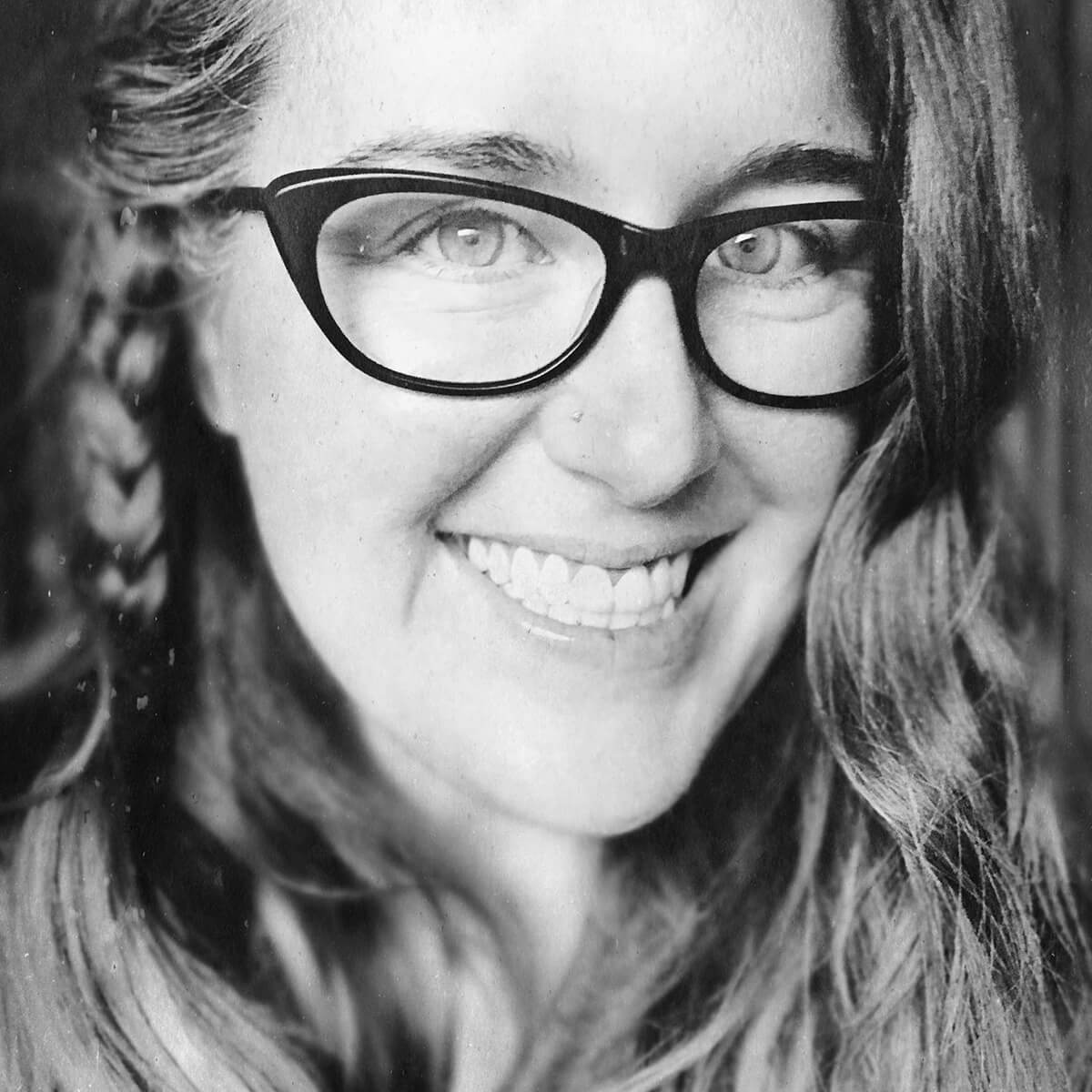Depth of field is an important concept to understand in photography that describes how much of your image is in focus. In this article, I’ll be discussing what it is and how to achieve certain looks with your camera settings and lenses.
Depth of field in photography is simply a phrase for describing how much of an image is in focus. The lens, aperture, and focus point in your scene all combine to determine exactly how much is focused, and how much is blurred.
Try thinking of depth of field as a literal front-to-back section of your scene that is in focus. As you change the aperture, the section gets wider and wider. If the in-focus section is really deep, it’s considered a wide depth of field. If that section is really small, it’s considered a narrow depth of field.
In the example, I positioned my camera and lens, angled downward, at a ruler (Fujifilm X-T3, 60mm macro lens, with the focus point 14-inches from the front of the lens element). You can see as the aperture gets smaller, the area of focus increases.






Wide depth of field
A wide (or great) depth of field is when a large portion (or all) of your image is in focus. Typically you will see very few out of focus areas in an image that is considered to have a wide depth of field. Here are some ways to help create a wide depth of field in your photographs:
- Use a small aperture (such as f/11, f/16, etc.)
- Use a wider lens (18mm, 24mm, etc.)
- Implement hyperfocal distance into your photographs
Keep in mind that most lenses have a “sweet spot” aperture, so even if you use the widest aperture setting on your lens, the scene might look a bit fuzzy. It’s best to research this with your specific lens to make sure you are working with the best settings for your gear.
Narrow depth of field


A narrow (or small) depth of field when a small part of your image is in focus, and will usually give you a blurred background. Apertures such as f/2.8, f/4 and so on will help achieve this effect. Here are some other ways to help create a narrow depth of field in your photographs:
- Set a wide aperture (such as f/1.2, f/2.8, etc.)
- Use a long lens (80mm, 100mm and up)
- Position the subject far away from its background
Some things to keep in mind with a narrow depth of field that you can sometimes have too little area in focus. A good example is when photographing a close-up portrait and you want to have the person’s eyes and nose in focus. You need to make sure that the depth of field is not too narrow or you will end up blurring too much of their face.
Focal length and depth of field
Another consideration for creating a certain look when using depth of field is your lens’s focal length. When using a wide-angle lens, you are more likely to have a wider depth of field, regardless of your aperture setting. And, when using a longer lens, you will typically get a blurred background, even with smaller apertures.
A combination of both aperture and focal length will also help amplify the effect you wish to achieve. For example, if you want to have an extremely blurred background, try using a long lens with a wide aperture. Using a long lens will also help to compress your background, which makes the background appear closer to the subject than if it were photographed with a wider lens, and is a great way to achieve a blurred-background look without having to drop your aperture super low.
Hyperfocal distance
You might have also heard of the phrase “hyperfocal distance,” which is a common term used in landscape photography. Hyperfocal distance describes a point in your frame that, when focused on, the rest of the scene is also in focus. Determining this specific balance of your lens, aperture, and focal point involves a bit of math, but thankfully, there are apps and resources to assist you.
Without getting too technical, if you’d like to achieve hyperfocal distance without doing math or looking at a chart, an easy way to set this in-camera is to focus on a point that is approximately one-third of the way into your scene (this works best with wide-angle setups). Then you can check focus in your image preview to make sure you’re getting the look you want to achieve.















